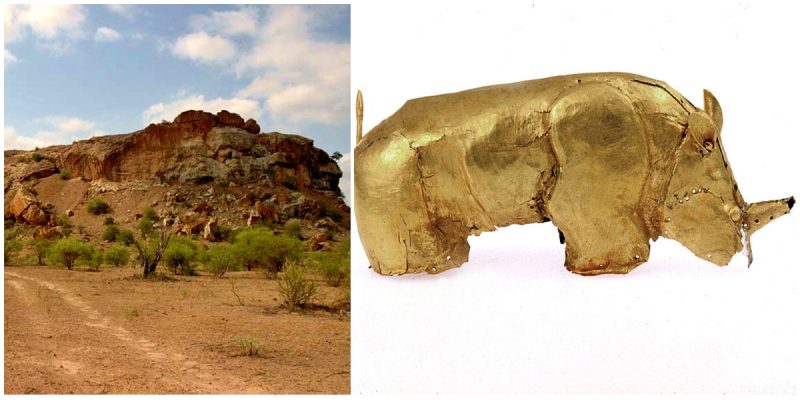The Kingdom of Mapungubwe, translated as “Hill of the Jackal”, was a pre-colonial state in Southern Africa located at the confluence of the Shashe and Limpopo rivers, south of Great Zimbabwe.
One thousand years ago, Mapungubwe appears to have been the capital of the largest known kingdom in Sub-Saharan Africa, which was surrounded by over 200 small villages.
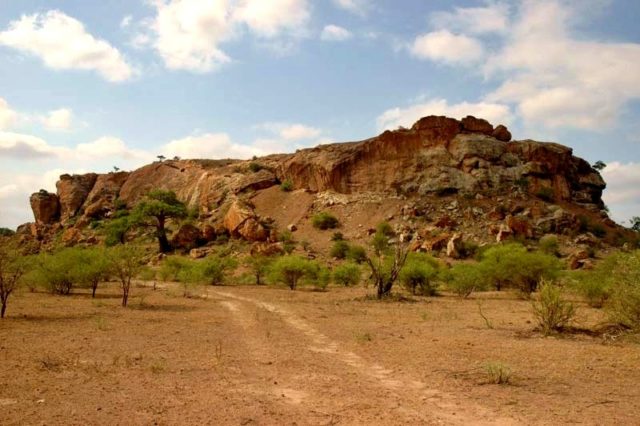
The Kingdom lasted about 80 years, and at its height, its population was about 5,000 people. The Mapungubwean society is considered to be the first class-based social system in southern Africa. The architecture and spatial arrangements also provide the earliest evidence for sacred leadership in southern Africa. The leaders of Mapungubwean were separated from their inhabitants.
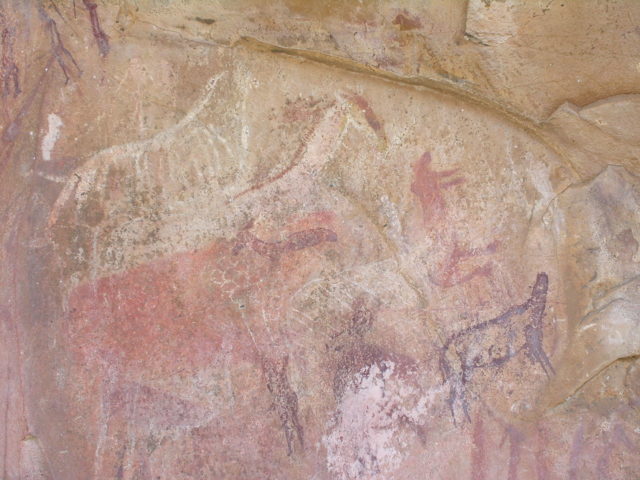
The life in the kingdom was centered on family and farming. They created special sites for ceremonies, household activities, and other social functions. The growth in the population may have led to full-time specialists in ceramics, specifically pottery.
However, as there is no written record of society in Mapungubwe, most speculation about it continues to be based on the remains of some buildings. According to some archaeologists, Mapungubwe was a sophisticated trading center from around 1200 to 1300 AD, trading gold, and ivory with neighboring societies. Gold objects were uncovered in noble burial mounds on the royal Mapungubwe hill.
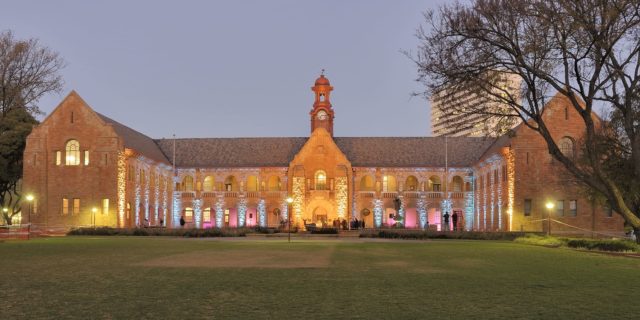
ESJ van Graan and his son discovered the remains of a Rock Fort located on top of the hill on New Year’s Eve 1932. In 1980, Mapungubwe Hill and the K2 culture were declared national monuments by the government of Zimbabwe.
Nearly twenty-four skeletons were unearthed on Mapungubwe hill, and most of them were buried with few or no accessories. Most adults were buried with glass beads; two of them were associated with gold artifacts and were unearthed from the so-called grave area upon Mapungubwe hill.
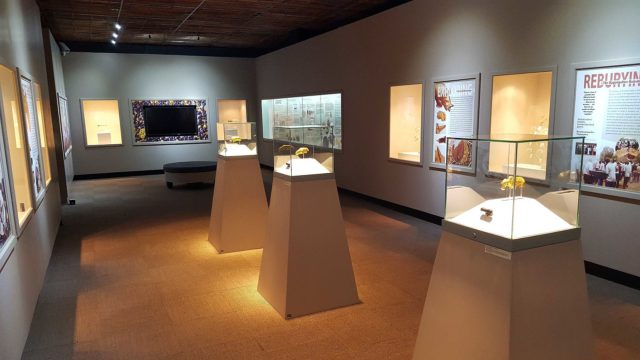
Recent studies found that these two skeletons may be a king and queen of Mapungubwe. The remains were all buried in the traditional Bantu burial position and one of them, Skeleton Number 10, was buried with his hand grasping the golden scepter.
The skeleton labeled number 14 was a female and she was found with at least 100 wire bangles around her ankles, and there were at least one thousand gold beads in her grave.
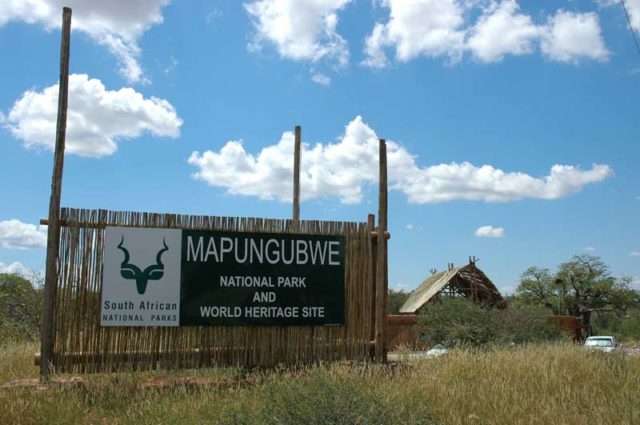
The skeleton who was probably a king was found buried with a headrest and three objects made of gold foil tacked onto a wooden core, depicting a scepter, bowl, and a rhino.
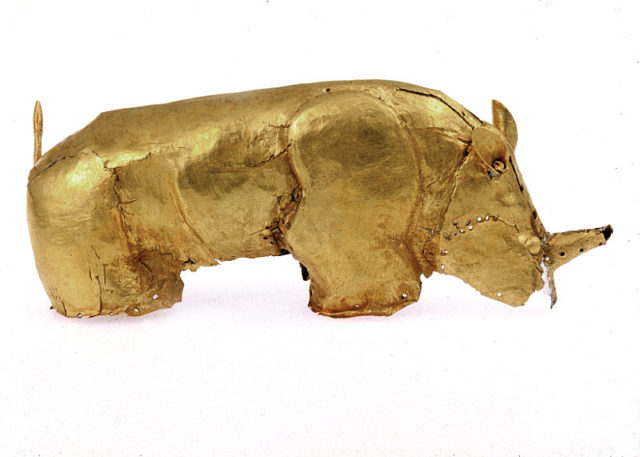
The rhino was described as being small enough to stand on the palm of the hand. It is currently housed in the British Museum. The artifacts are called Mapungubwe Collection and are housed in the Mapungubwe Museum in Pretoria.
The land space of Mapungubwe was declared a World Heritage Site on 3 July 2003. In 2007, the skeletal remains were reburied on Mapungubwe Hill with the approval of the South African Government. Today, the area is part of Mapungubwe National Park.
